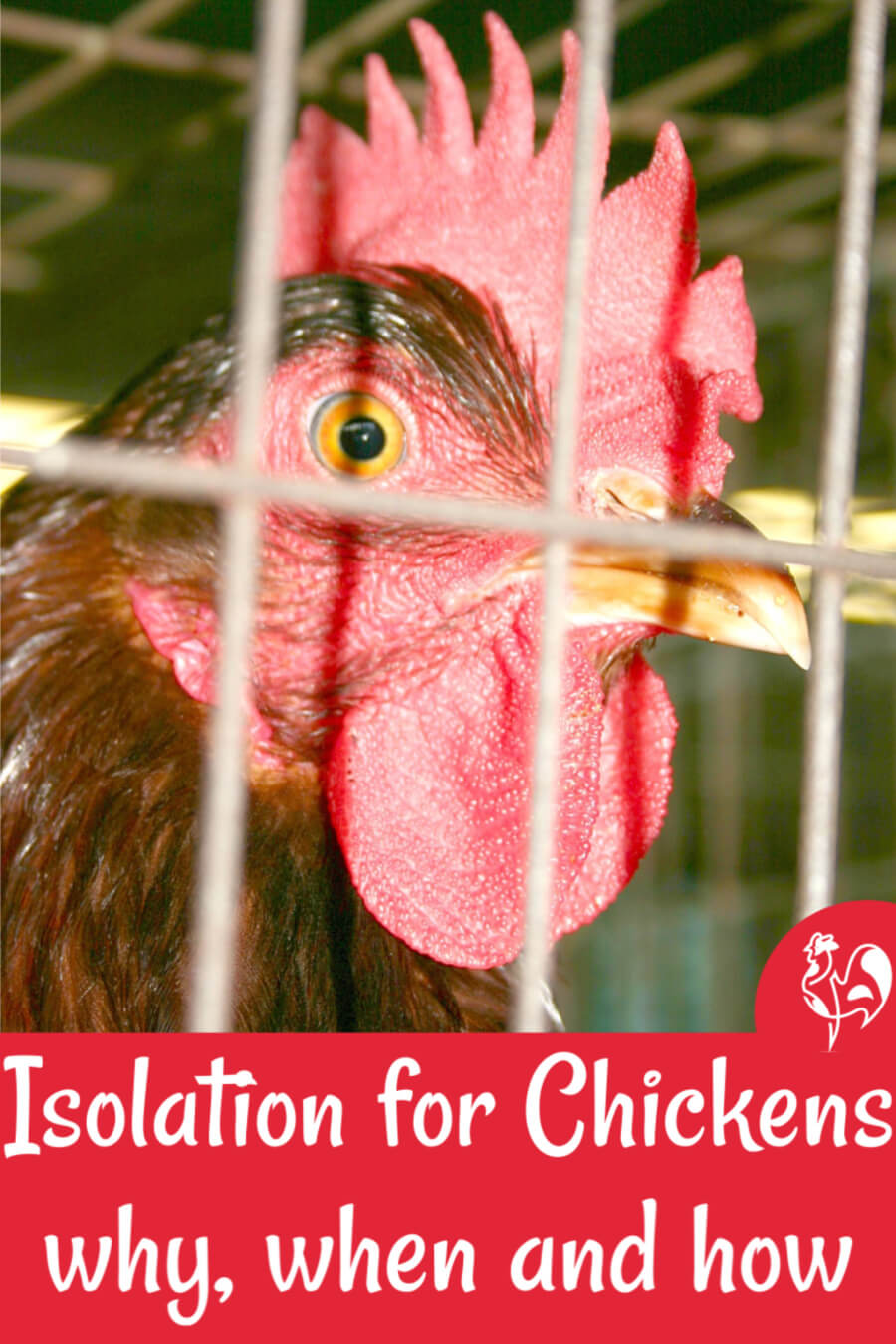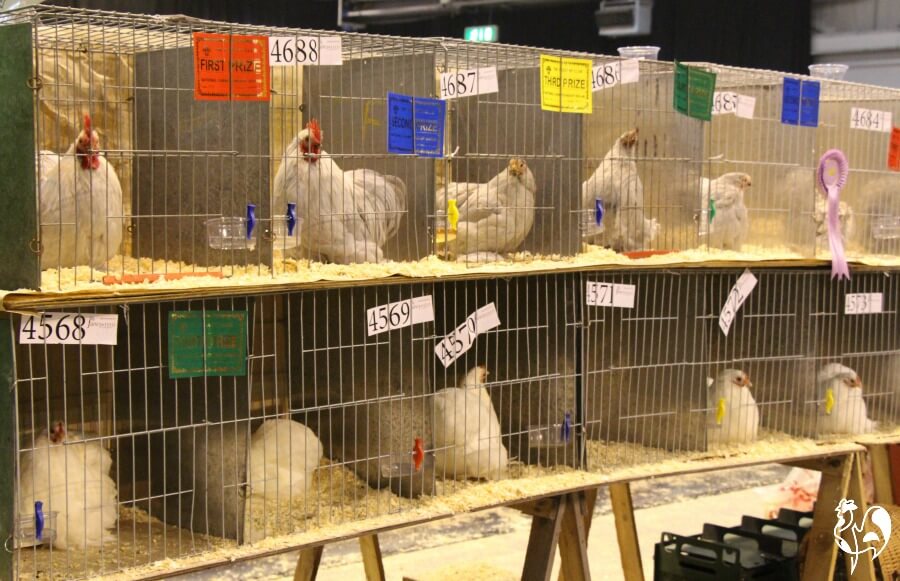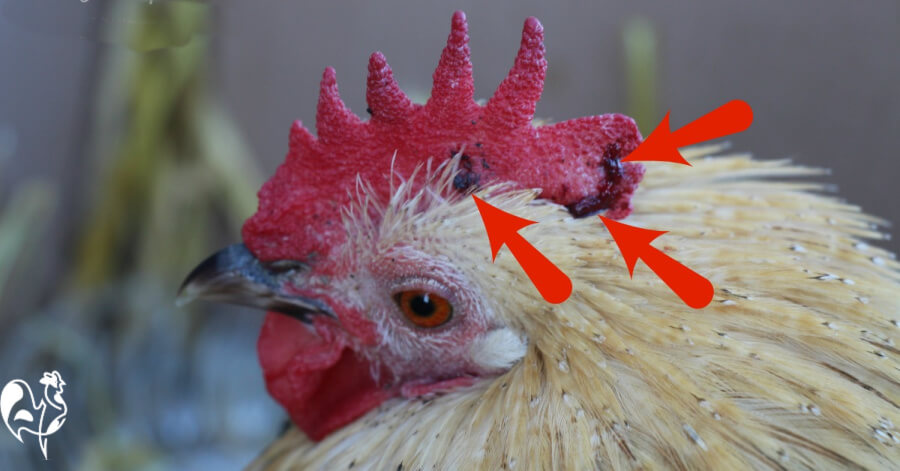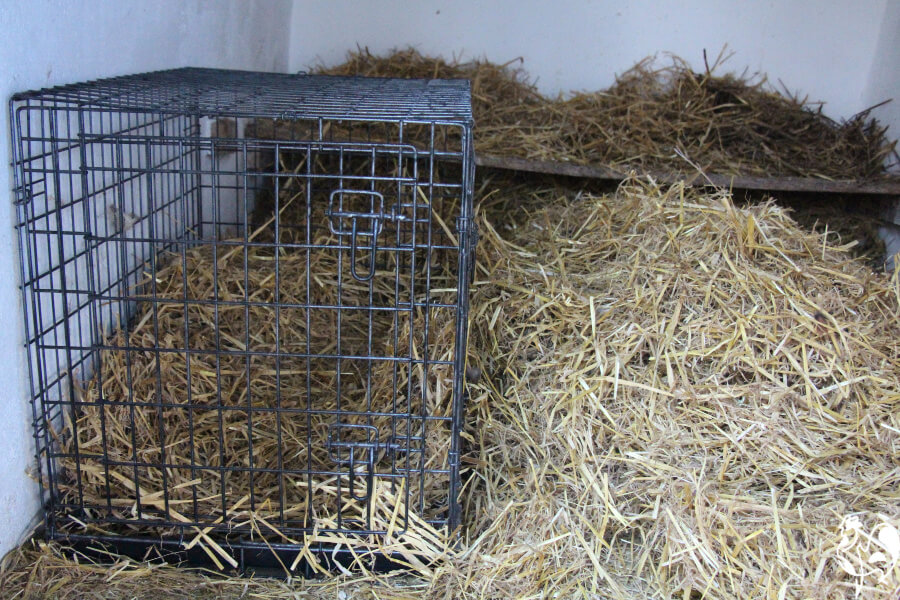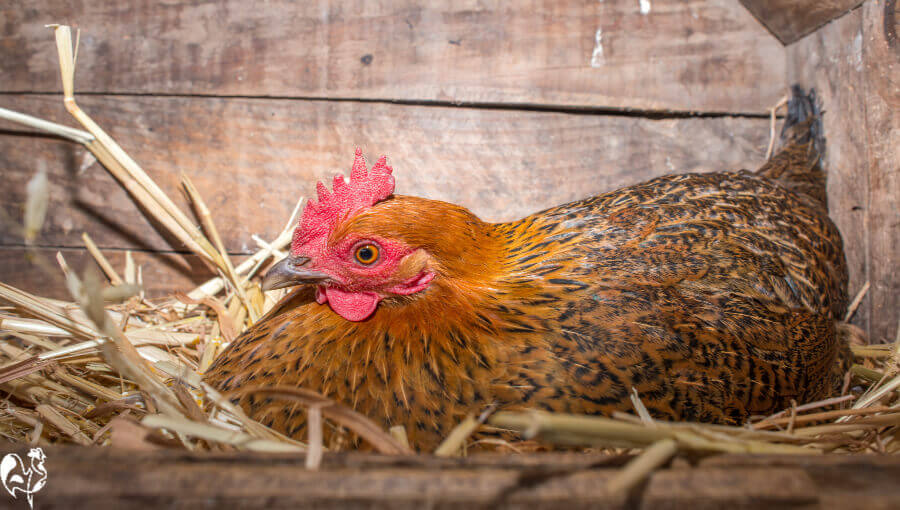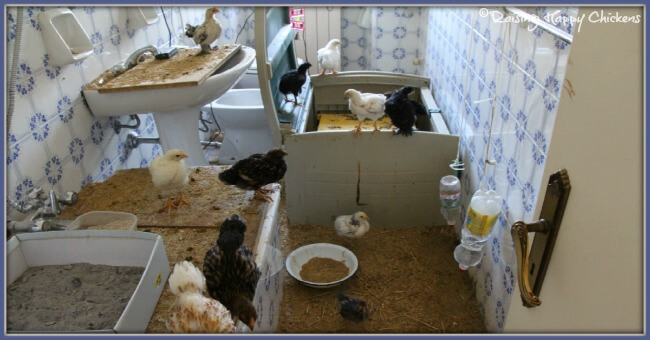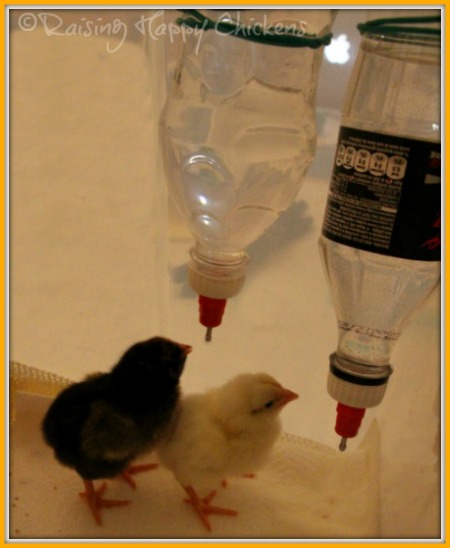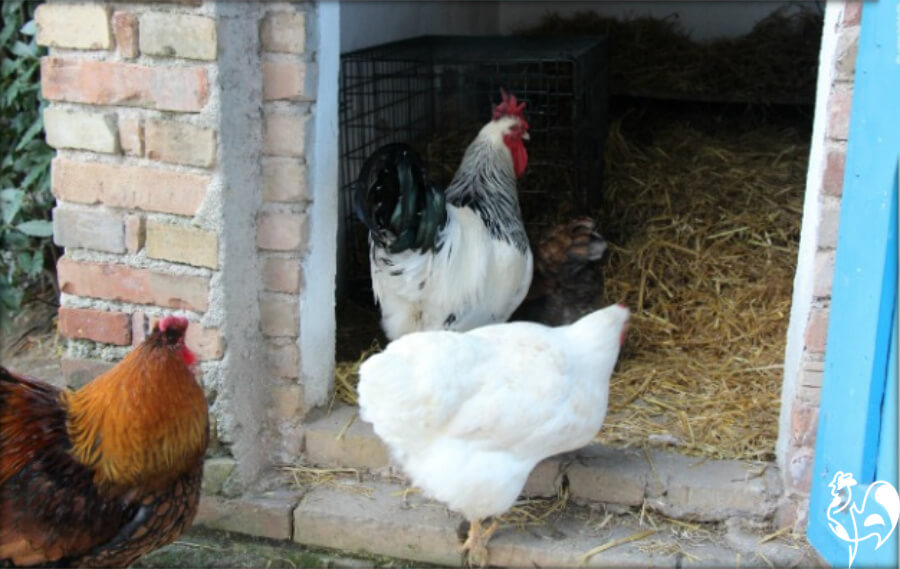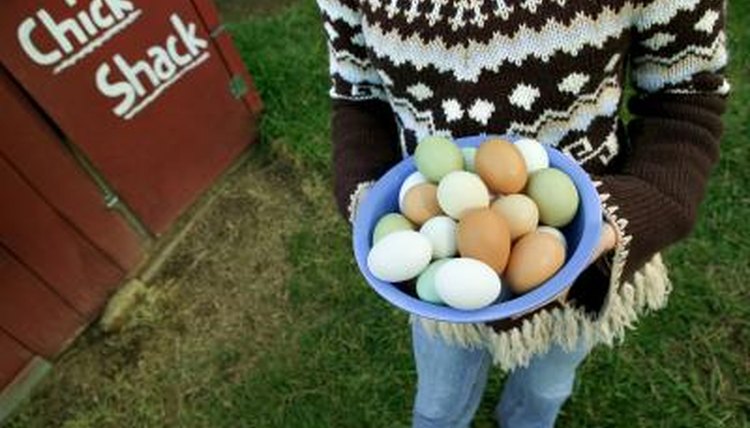A Guide to Recognizing and Treating Chicken Foot Problems
Just recently I noticed my Buff Brahma limping and the others
had begun picking on her. I inspected her feet and legs and found nothing at
all. Only her right leg/foot was affected. I placed her back in the coop and watched. She was having a very difficult
time walking. I was concerned she couldn't get up the ramp to the hen house or on the roost. So.. Inside she went, dog
crate with an old rug, fresh water with probiotics and food. She just
sat there not moving, which concerns me as well. I soaked her in Epsom
salt and rubbed her legs and feet down with Tea Tree Oil. Her reflexes are
slow when contracting the right foot and leg. I read that you can try 1/2 baby aspirin for sprains or strains, it seems to be helping. She appears to be improving. I found this article interesting and informative. I never
heard of chickens with Gout. But there is always something new to learn in the Chicken World. Anice
Diagnosing Leg Mites, Gout, and Bumblefoot in Chickens
Two common chicken foot problems and leg ailments are leg mites and bumblefoot, both of which are easy to treat. Less common, but sometimes mistaken for either leg mites or bumblefoot, is a type of arthritis known as gout, which is far easier to prevent than to treat.
Leg Mites
The scaly leg mite (
Knemidocoptes mutans) is a pale gray, round, tiny
chicken parasite, only about 1/100 inch in diameter. It is more likely to attack older birds, but can also affect young chickens kept with old birds. It burrows under the scales on a chicken’s shanks and feet, raising the scales by generating debris that accumulates beneath them. As a result, the shanks thicken and crust over and eventually become deformed.
Scaly leg mites spread slowly by traveling from bird to bird along the roost. This chicken foot problem may be controlled by brushing perches once a month with a mixture of one part kerosene to two parts linseed oil (not motor oil, please), or twice a month with an old-time natural poultry product called VetRx veterinary remedy, which has a corn oil base.

Scaly leg mites burrow under the scales on a chicken’s shanks and feet (left), causing the scales to stick outward. Swelling of the joints due to gout (right) may be mistaken for deformity due to scaly leg. Artwork by Bethany Caskey.
Once scaly leg mites settle in, they burrow deeply under the leg scales and spend their entire lives on the chicken, so you’ll have a hard time getting rid of them. Every poultry keeper, it seems, has a favorite method for these chicken foot problems. One such method is to use the drug ivermectin, which is not approved for chickens but is widely used to control both internal and external parasites. Chicken keepers who regularly use ivermectin to control leg mites and other external parasites find that internal parasites eventually become resistant to it.
Other methods
involve physically smothering the mites by dipping affected legs in vegetable
oil, linseed oil, or VetRx. Repeat the treatment every three days for a mild
infection, daily for a severe infestation. Less messy than using drippy oil is
to liberally coat the shanks and feet with petroleum jelly (Vaseline), which
stays on longer than oil and therefore needs to be repeated only about once a
week. Continue treatment until the old scales pop off and the shanks appear
normal, indicating the legs are completely free of mites, although don’t expect
severely damaged scales to return to normal.
Other methods involve physically smothering the mites by
dipping affected legs in vegetable oil, linseed oil, or VetRx. Repeat the
treatment every three days for a mild infection, daily for a severe
infestation. Less messy than using drippy oil is to liberally coat the shanks
and feet with petroleum jelly (Vaseline), which stays on longer than oil and
therefore needs to be repeated only about once a week. Continue treatment until
the old scales pop off and the shanks appear normal, indicating the legs are completely
free of mites, although don’t expect severely damaged scales to return to
normal.
Bumblefoot
A common bacterial infection, especially among heavy breeds, is an abscess in the foot pad, resulting in lameness. This chicken foot problem is known as
bumblefoot, from the old British word bumble, meaning to walk unsteadily. Today the abscess core is sometimes referred to as a bumble.

Bumblefoot (left) appears as a single callus-like scabby lump in the pad at the bottom middle of the foot, and usually affects one foot. Swelling due to gout (right) can result in infected sores appearing underneath the toe Joints, and typically affects both feet. Artwork by Bethany Caskey.
An abscess may originate from such things as scratching in hard or rocky soil, jumping down from a too-high perch onto packed or splintery bedding, or spending too much time standing or walking on concrete or hardware cloth. As a result, the foot pad develops a bruise or cut, allowing staph bacteria to enter.
The occasional bumblefoot may be the result of an accident, much as a person might get a splinter. The frequent appearance of bumblefoot in a flock is a clear signal that management changes are in order. Usually, the first sign is that the chicken is reluctant to walk, and limps when it does walk. The chicken’s foot may look swollen and feel hot. At the bottom of the foot will be a callus-like lump, which may be either soft (if the infection is recent) or hard (if it’s been going on for some time) and covered with a black scab.
If the infection has not progressed far, cleaning the foot, injecting the abscess with a suitable antibiotic, and moving the bird to a clean environment may be all that’s needed. If the abscess has progressed to the hard, scabby stage, it won’t go away unless the core is removed. You may get lucky and find a veterinarian willing to perform this surgery, but most likely you’ll have to do it yourself.
First, soften the abscess by standing the chicken in warm water for about 10 minutes, gently massaging the foot to rinse off any clinging dirt. Epsom salts dissolved in the water will reduce inflammation and help sooth the foot. Avoid letting the chicken drink the water, as it will contain bacteria; also, if Epsom salts have been added, they are a laxative.
After a good soaking, the softened scab should pull off easily, along with some of the abscess’s yellowish, cheesy or waxy core. Once the scab has been removed, press the skin out at the sides of the abscess (don’t squeeze) to encourage more of the core to come out. Use tweezers to pull out as much as you can. If the abscess is large and hard, you may need the assistance of a sharp knife, such as a surgeon’s scalpel or an X-Acto knife, to scrape or peel it out. Repeat the soaking and core scraping as needed, working gently and taking your time until the abscess has been thoroughly cleaned.
Rinse out the abscess with Betadine, saline wound wash, or sodium hypochlorite (Dakin’s Solution). After the abscess has been cleaned out, pack it with an antibacterial ointment, such as Neosporin. Cover the foot with a gauze pad, secured with first-aid tape or thin strips of vet wrap, taking care not to make the wrap too tight.
Repeat this procedure every two or three days while the abscess heals. Meanwhile, house the chicken in a warm, safe, clean environment with plenty of water and adequate nutrition.

Could It Be Gout?
Gout is not a specific disease, but rather a sign of serious kidney dysfunction. It is a complex form of arthritis in which urate crystals accumulate in the joints, causing inflammation in the hock and foot joints. The resulting swelling, deformity, and sores may be mistaken for other chicken foot problems such as bumblefoot or a severe case of scaly leg mite.
Bumblefoot differs from gout in occurring as a single sore at the bottom of the foot (occasionally with lesser sores under or between toes) and usually affects only one foot, while gout typically affects both. Scaly leg differs from gout in resulting from deposits under individual scales, rather than around joints under the skin. Unlike both bumblefoot and scaly leg, gout has no sure cure. But you can take measures to prevent this chicken foot problem and to make an affected bird more comfortable.
Gout in chickens takes one of two forms — articular or visceral. Articular gout may result from a genetic defect that causes the kidneys to function improperly, but may also be triggered by a diet that is too high in protein. It is more common in cocks than in hens, generally doesn’t appear in birds until they are at least 4 months old, and usually affects individuals rather than an entire flock.
The usual sign is swollen joints of the feet and toes, resulting in lameness and shifting of the weight from leg to leg to relieve discomfort. Because of the swelling, the bird is unable to bend its toes. The feet may redden and blister, and the blisters may develop into sores. Because walking is painful, the bird may spend a lot of time sitting in one place, grooming excessively.
Since articular gout makes walking and perching uncomfortable, installing wide roosts and keeping the bird’s toenails clipped both help reduce discomfort. A chicken that doesn’t want to walk may need to be encouraged to spend time outdoors in the sunshine and fresh air.
Visceral gout is more common than articular gout and affects both hens and cocks. It has many causes including water deprivation; excess dietary protein; moldy feed; high-calcium layer ration fed to growing pullets; electrolyte excess or deficiency; prolonged use of sodium bicarbonate (baking soda in drinking water to relieve heat stress); kidney-affecting diseases, such as infectious bronchitis and intestinal cryptosporidiosis; exposure to toxic chemicals, including cleaning products; overuse of antibiotics, particularly gentamicin and related aminoglycosides, and sulfa drugs. Either tumors or kidney stones can obstruct the ureters, causing urates to accumulate in the kidneys and other organs.
Although visceral gout does not always cause swelling of the feet and toes, when it does, it can be difficult to distinguish from articular gout. However, unlike articular gout, which affects the joints, visceral gout involves internal organs and gradually progresses into kidney failure and death.
Neither form of gout has a known cure. A veterinarian may recommend a urine acidifier, such as ammonium chloride (commonly used to prevent urinary stones in male goats) or DL-methionine (a common ingredient in commercially prepared non-organic poultry feeds). Natural sources of the amino acid methionine include fish meal and oilseed meal such as safflower, sesame, or sunflower meal. Adding
apple cider vinegar for chickens‘ drinking water is not helpful as an acidifier — because the chicken’s natural stomach acid is much more acidic than vinegar — but it does make the water taste better to chickens and thus encourages drinking.
Encouraging water intake flushes the bird’s system with moisture, increasing the amount of urates expelled and reducing the amount retained in the body. To encourage an affected bird to increase its moisture intake, change the drinking water often, furnish warm water in winter and cool water in summer, and offer moisture-laden fruit and vegetable treats such as fresh sprouts, bits of apple, or slices of watermelon.























